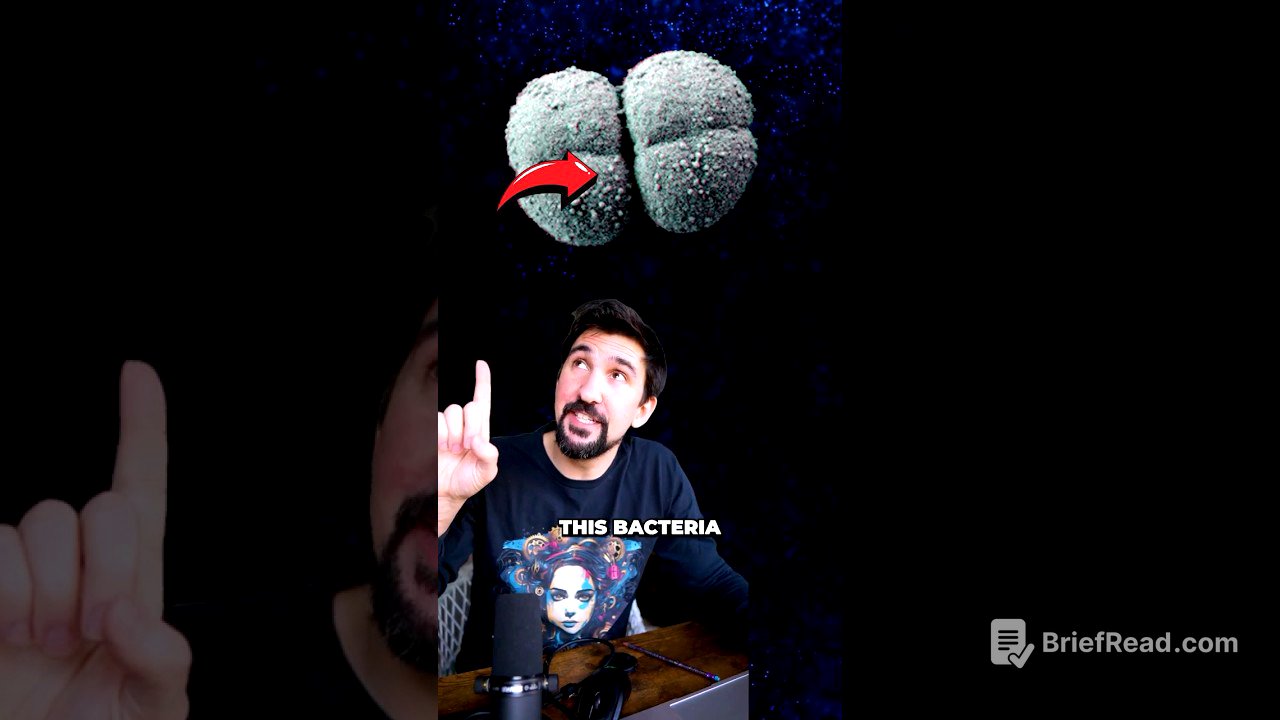TLDR;
This video talks about Deinococcus radiodurans, an incredibly resilient bacteria, and the discovery of a unique mechanism that allows it to withstand extreme radiation. Scientists have found that a combination of manganese phosphates and a peptide called DP1 work together to neutralize harmful free radicals caused by radiation. This discovery could potentially be used to protect astronauts during space travel or to help people survive nuclear disasters.
- Deinococcus radiodurans can survive extreme conditions, including high levels of radiation.
- A combination of manganese phosphates and the DP1 peptide neutralizes harmful free radicals.
- This discovery could have applications in space travel and nuclear disaster survival.
Introduction to Deinococcus radiodurans [0:00]
The video starts by highlighting the extraordinary resilience of the bacteria Deinococcus radiodurans. This microbe can withstand radiation doses 28,000 times higher than what would be lethal to a human. Besides radiation, it can also survive in other extreme conditions like acid, cold, dehydration, and even the vacuum of space outside the International Space Station.
Discovery of the Protective Mechanism [0:14]
Recent research published in PNAS has uncovered a special combination of compounds within Deinococcus radiodurans that contributes to its radiation resistance. This includes manganese phosphates and a peptide called DP1, which is also found in tardigrades (water bears). Individually, these compounds offer some protection against radiation, but when they bind together, they form a "molecular machine".
How the Mechanism Works [0:28]
This molecular machine is designed to neutralize harmful free radicals that are produced by intense radiation. It was already known that this bacteria had a mechanism to rapidly repair its DNA. However, it's now understood that these manganese peptides also prevent radicals from reaching and damaging DNA or other proteins in the first place.
Potential Applications of the Discovery [0:46]
The research team is now using these findings to engineer their own compounds. The hope is that these compounds can be used to protect astronauts venturing into deep space, where radiation levels are high. Another potential application is to help people better survive events like nuclear disasters by providing them with enhanced radiation protection.









